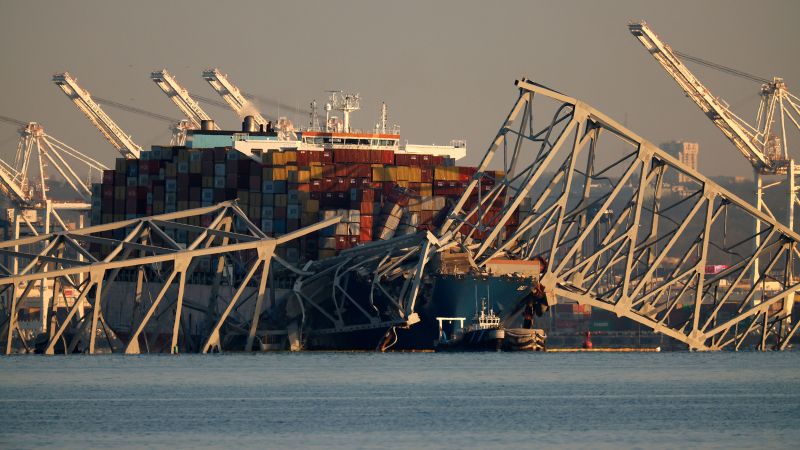
Xinhua News Agency via Getty Images
The financial world is abuzz (and atremble) about recent inflationary pressures and the possibility that they will worsen due to fiscal stimuli pushing up demand while the pandemic has meant bottlenecks on the supply of many commodities, from aluminum to zinc. One analyst remarked that oil prices haven’t increased as much as other commodities, suggesting there is room on the upside, while others have predicted $80/barrel in the near future, and purchases of options for $100 oil have increased. While all of this is illuminating, it is perhaps not determining for a variety of reasons.
Since the 1970s and 1980s, when oil prices first began to become volatile, many have noted that oil often moves in conjunction with the price of gold, the value of the dollar, and even equities. (No one, to my knowledge, has correlated skirt lengths with oil prices as of yet.) In the 1970s, it was common to argue that energy prices more generally are correlated with oil prices, an idea economist Darius Gaskins debunked, in 1977, “In the intermediate period, for the United States, the prices of coal and uranium will not be determined by the price of oil but the cost of extracting those minerals from the ground.”
Although the economy-wide inflation of the 1970s raised costs for energy production somewhat, there were different reasons for each sources’ increase. Oil prices had risen because of the two oil crises in the 1970s, while coal prices went up with the higher cost of production resulting from stricter safety regulations, uranium prices rose due to the U.S. government’s moves to force buyers to lock in supplies, and natural gas prices, which had been set by the government, began to be decontrolled. Over time, the various fuels’ prices ceased to move together, reminding us that correlation does not prove causality. (Generally speaking, the relationship between oil and gas exists only in places where contracts specify gas prices linked to oil prices.)
True, these correlations can be true in part, not least because, as Keynes noted, the value of assets is determined by the traders’ belief in the value of assets. If oil traders are watching gold prices in the belief that they are linked (usually because they have been moving together for a time), then gold price movements will be reflected in oil prices. However, such correlations usually break down after a period, when the differing fundamentals (or perceptions of the fundamentals) change.
The dollar-oil price causality is more valid, I would suggest, than the gold-oil price relationship because oil producers have significant influence over the price of oil and their income is thus partly determined by the value of the dollar. If oil exporters had strong pricing power, then they could set prices to track the value of the dollar, except that each oil producer’s effective income would depend on the value of their own currency compared to the dollar, not that of, say, the dollar versus the euro or the yen. Several efforts by OPEC to design an oil price target have failed both because the group is so heterogenous, and also because they must cope with market fundamentals, especially in the long-run.
MORE FOR YOU
There is an important exception to all this, namely, the value of the ruble and Russian oil production. Unlike most oil producers, the Russian industry relies primarily on domestic equipment and labor, meaning their costs are in rubles, not dollars. So, a weaker ruble means more profits for Russian oil companies, and the reverse of course. As the figure below shows, when oil prices collapsed in 2015, the weaker ruble offset the drop and Russian producers’ income did not decline. (These are nominal prices, and Russian inflation means that current prices are more like $80-90 per barrel for Brent, not double the 2010 level.)

The author from St. Louis Fed data
Ultimately, though, the price of oil will not necessarily be subject to the same bottleneck-driven inflation of other commodities because there is not a physical bottleneck of supply but a policy-driven one: OPEC+ producers are sitting on roughly 7 million barrels per day of unused capacity, as a result of their efforts to stabilize prices during the pandemic. There is no equivalence in timber, iron ore, or other commodities. This spare capacity, when utilized, will act to mitigate demand pressures on oil, but this depends on the producers’ decisions about how much to produce and when. With the current oil price increases, it is likely that they will agree to raise production in the near term to keep prices from rising too fast, but the inflation now being experienced around the world will be only a minor factor in that decision.
Again, market fundamentals do not justify much higher oil prices, but many factors, from the pandemics’ progress to central bank policies to OPEC+ agreements–and compliance to them–will prove important. Higher prices are always possible, especially in the short-term, but there is little reason to believe that a price much higher than the current level will prove sustainable in the longer run.

/https://specials-images.forbesimg.com/imageserve/60c34a09a1a63131491fea8c/0x0.jpg)


